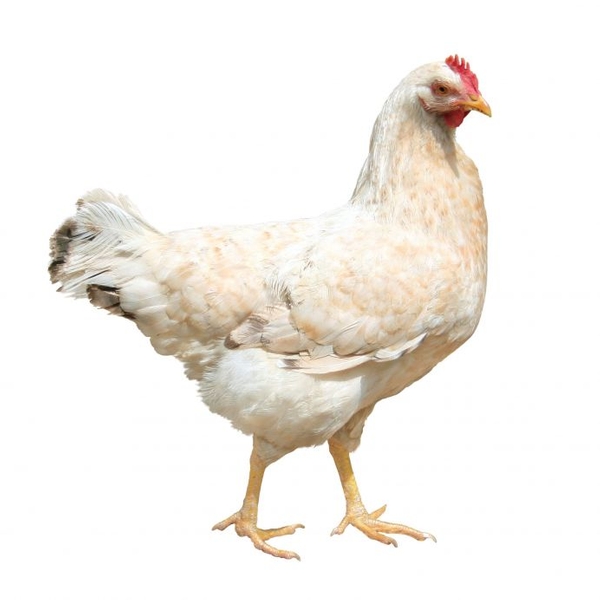Historically, according to UK’s Food Standards Agency (FSA), Campylobacter has been to blame for more foodborne outbreaks in the UK than both Salmonella and Escherichia coli combined, spawning around 280,000 cases of food poisoning each year, in addition to 100 deaths. As a result, the agency set a goal to decrease Campylobacter contamination in chickens to less than 10 percent by the end of 2015. However, grocery stores are not doing all they can to help with this effort.
To fight and reduce rates of Campylobacter, farmers have the ability to stop conducting a process known as thinning--when farm workers gradually remove large birds that have reached slaughter weight. When workers enter sheds where bird flocks are kept, it increases the chance that any contamination--mainly via feces--will be spread to other healthy birds. However, grocery stores like the process of thinning because it allows them to squeeze more chickens into each shed.
According to Chris Elliott, chair of food safety and microbiology at Queen’s University--Belfast, the problem with not thinning though, is that it will cost--roughly $0.15 per bird--and grocery stores, already in the midst of a pricing war with each other--are not willing to foot the bill, even in the name of food safety.
Some stores are making changes. Marks & Spencer and Waitrose no longer use thinning for a portion of their birds. Asda is testing to see if putting a stop to thinning will make a positive difference.




